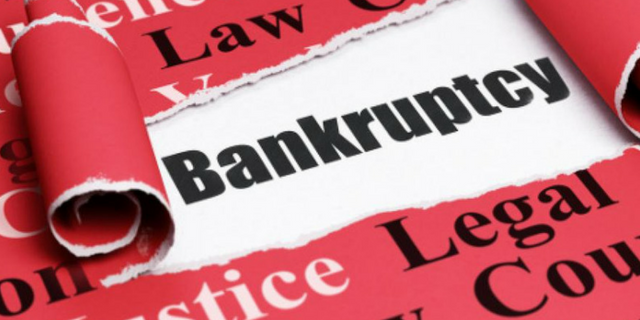Understanding Insolvency
Personal bankruptcy uses a specific or company a possibility to begin fresh by forgiving debts that just can not be paid while offering creditors a possibility to get some procedure of repayment based on the individual's or service's properties readily available for liquidation. In theory, the ability to file for insolvency advantages the general economy by permitting individuals and business a 2nd chance to get to credit and by providing lenders with a portion of debt repayment. Upon the successful completion of bankruptcy proceedings, the debtor is alleviated of the debt obligations that were incurred prior to declaring bankruptcy.
All bankruptcy cases in the United States are handled through federal courts. Any choices in federal personal bankruptcy cases are made by a bankruptcy judge, including whether a debtor is qualified to submit and whether they must be discharged of their debts. Administration over bankruptcy cases is often managed by a trustee, an officer selected by the United States Trustee Program of the Department of Justice, to represent the debtor's estate in the case. There is normally very little direct contact between the debtor and the judge unless there is some objection made in the event by a financial institution.
Kinds Of Insolvency Filings
Bankruptcy filings in the United States fall under among numerous chapters of the Insolvency Code, including Chapter 7, which includes the liquidation of possessions; Chapter 11, which deals with business or private reorganizations; and Chapter 13, which schedules debt payment with lowered financial obligation covenants or particular payment plans. Personal bankruptcy filing costs differ, depending upon the type of personal bankruptcy, the intricacy of the case, and other factors.
Chapter 7 Personal bankruptcy

Individuals-- and in many cases services, with few or no properties-- generally submit Chapter 7 bankruptcy. It permits them to deal with their unsecured financial obligations, such as credit card balances and medical costs. Those with nonexempt properties, such as household heirlooms (collections with high evaluations, such as coin or stamp collections); second houses; and cash, stocks, or bonds should liquidate the home to repay some or all of their unsecured financial obligations. A person filing Chapter 7 personal bankruptcy is basically selling their properties to clear their debt. Individuals who have no important assets and only exempt home-- such as household products, clothes, tools for their trades, and an individual car worth as much as a particular value-- may end up paying back no part of their unsecured financial obligation.
Chapter 11 Bankruptcy
Services typically submit Chapter 11 bankruptcy, the goal of which is to rearrange, stay in organisation, and once again become lucrative. Submitting Chapter 11 personal bankruptcy permits a business to create prepare for profitability, cut costs, and find new ways to increase profits. Their chosen investors, if any, might still get payments, though typical investors will not.
For instance, a housekeeping business filing Chapter 11 bankruptcy might increase check here its rates slightly and offer more services to become profitable. Chapter 11 bankruptcy allows the company to continue conducting its business activities without interruption while working on a financial obligation payment strategy under the court's guidance. In unusual cases, individuals can also submit Chapter 11 personal bankruptcy.
Chapter 13 Personal bankruptcy
People who make too much money to qualify for Chapter 7 bankruptcy might submit under Chapter 13, also called a wage earner's strategy. It permits people-- in addition to companies, with consistent earnings-- to produce workable debt payment plans. The repayment strategies are typically in installments throughout a 3- to five-year period. In exchange for repaying their creditors, the courts permit these debtors to keep all of their residential or commercial property, including otherwise nonexempt property.
Other Personal bankruptcy Filings
While Chapter 7, Chapter 11, and Chapter 13 are the most common bankruptcy procedures, especially as far as people are concerned, the law likewise offers several other types: